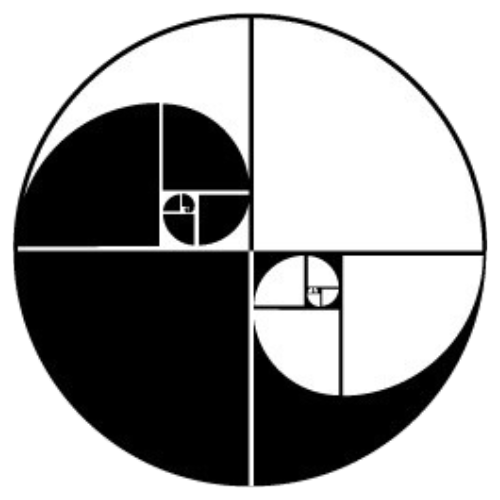Are your clients experiencing any of the following symptoms or issues?
• Digestive complaints
• Nervous system regulation
• Menstrual problems
• Fertility issues
• Pre- or post-natal issues
• Stress
Incorporate Abdominal Manual Therapy into your practice to help your clients with a wider range
of conditions.
This program is geared towards all levels of manual therapy practitioners - from beginners to experienced practitioners who want to add abdominal treatment, or even already have some abdominal manual therapy skills, but want to add to what they already do.
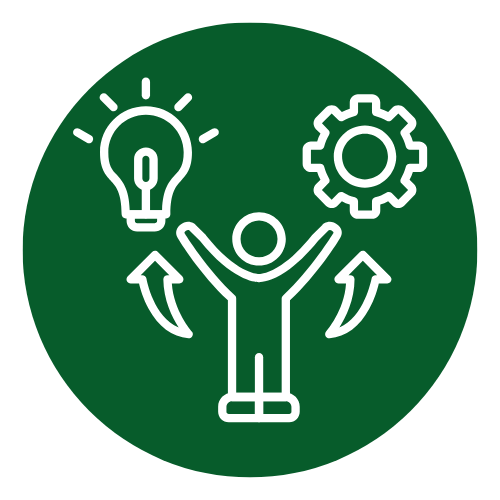
Increase Your Skills
Incorporating Abdominal Manual Therapy into your practice can help develop your practice by increasing your skills, and being able to help your clients with a wider range of conditions.

Introduction to Abdominal Anatomy and Practical Skills for Client Care
This course will present the basic concepts, training exercises to cultivate and practice the necessary skills, fundamentals of abdominal anatomy, and a simple protocol that you can use to start helping your clients very quickly.

Traditional Healing Practices: Insights from 40 Years of Training
The concepts, techniques, and practices that I will be presenting here are based on the personal teachings and training that I received around 40 years ago from my two personal teachers, who were teaching the traditional healing practices of their own cultures, as well as insights and ideas based on that training, that I have cultivated for all of this time.
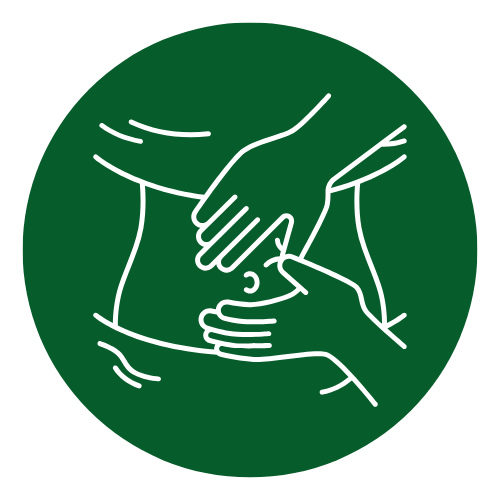
Introduction to Abdominal Manual Therapy
The Abdominal Manual Therapy I will be teaching in this class is the first part of a comprehensive system of manual therapy treatment, that I started learning at the Kototama Institute, which I hope to cover in other programs.

Standalone Abdominal Therapy for Manual Practitioners
The Abdominal part can be learned as a stand-alone practice, which people can incorporate into whatever type of manual therapy that they already do.
I will be talking about abdominal anatomy, how the organs should feel and move, how to
check if they are in their proper positions, how to correct them if they are not,
and some common things to look for.
I will be talking about how to use your body to position yourself, how to use your body mechanics to maximize your sensitivity and effectiveness, and specifically how to use your hands and fingers to apply the techniques and principles.
Posture and good body mechanics were taught to me from the beginning as important parts of the practice - some of that at The Kototama Institute was taught through Aikido practice.
I continued training in other martial arts and other different traditional healing methods after that, and I will include lessons that I learned from various martial arts about body mechanics that have helped me with my manual therapy.
My hope is to pass on some of the traditions and knowledge that I have had the privilege to study and practice throughout my life, and have used to help a lot of people.
I WANT THIS!
What's Included On This Course?
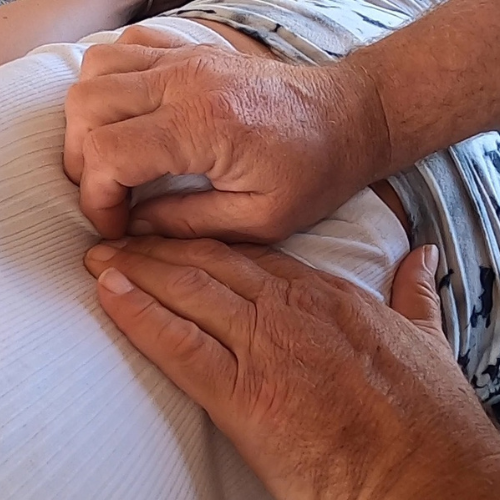
Module 1:
Introduction

Module 2:
History of the Practice/
Personal History

Module 3:
Overview/Foundations

Module 4:
Training Models

Module 5:
Demonstrations
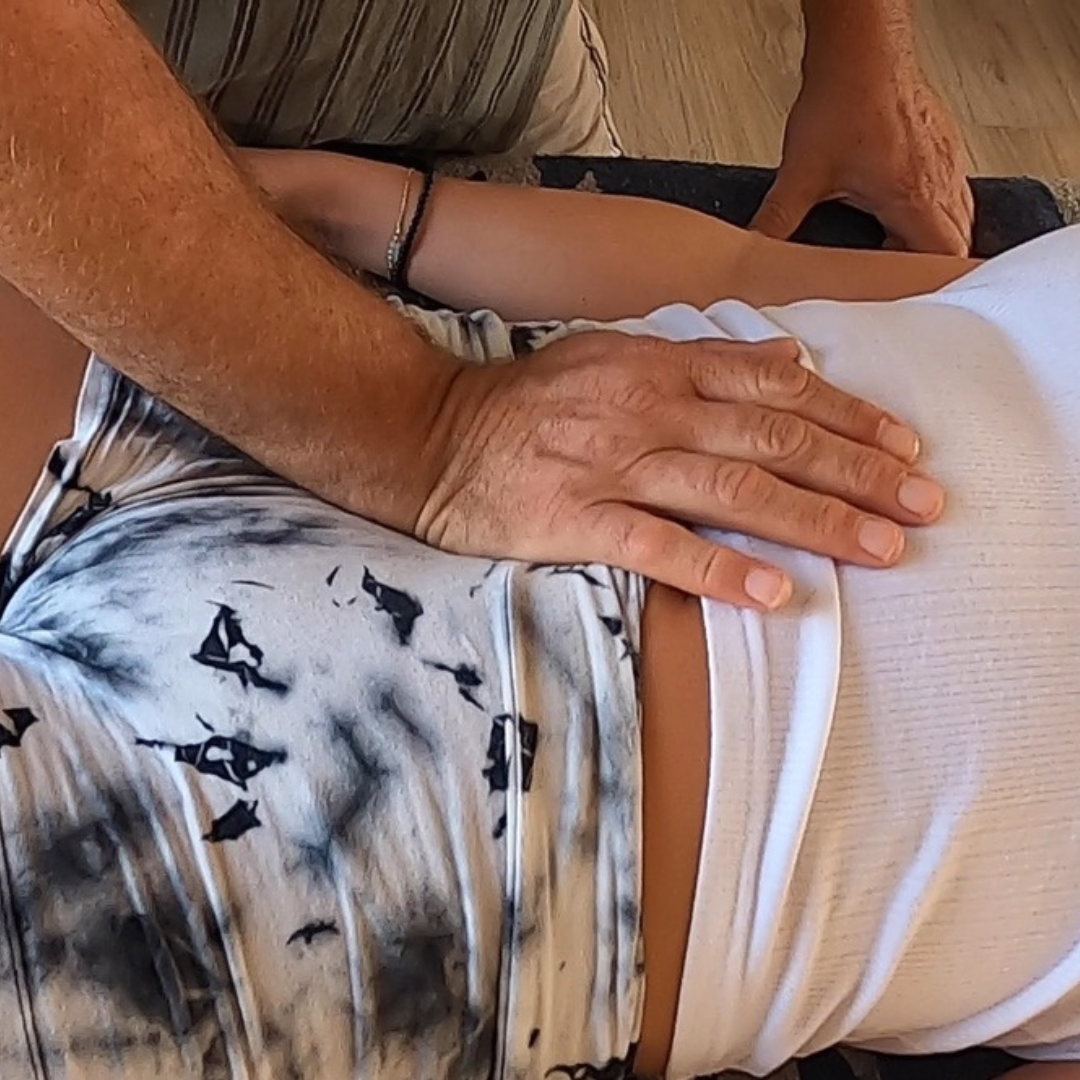
Module 6:
Protocol

Module 7:
Conclusion
About Ed Antkowiak, L.Ac.
I began training in martial arts while I was in high school, and that led me to an interest in Asian Philosophies and Asian culture, including medicine, at an early age.
In 1982, at the age of 19, I became a student at The Kototama Institute in Santa Fe, NM. I was fascinated by all of what I learned there - manual therapy, acupuncture/ moxabustion, Japanese medicine, diagnostic and nutritional theories, Aikido, Kototama theory, etc. I graduated from there in 1984.
In the first year after graduating from the Kototama Institute, in the spring of 1985, I met my second teacher of Abdominal manual therapy. His name was Kenneth Cannon, known by many people as Chief Two Trees, in Old Fort, North Carolina. He was a practitioner of old-fashioned Appalachian folk medicine, including manual therapies and herbal medicine. He was widely known in that area at that time, and I trained one-on-one with him, seasonally, over a period of several years.
Eventually, I attended and graduated from (in 1996) a second school of Asian Medicine - the Northwest Institute of Acupuncture and Oriental Medicine, in Seattle, WA. During my time there, I took all of the available classes in Tuina, or Chinese medical manual therapy. Over time, I incorporated that into my practice, as well.
I have practiced traditional therapies in numerous places around the country, and in Mexico, and have worked extensively with digestive conditions, allergies, and chronic illnesses such as Hepatitis, HIV, and fibromyalgia. One of my primary specialties is in working with injuries, old or new, and resulting pain.
In practice, I use many different modalities, with a particular emphasis on acupuncture, moxibustion, and both Chinese and Japanese medical bodywork. I also like to focus on client education, out of a belief that if clients understand how this medicine can help them, they will be more able to participate in their own healing process. For patients uncomfortable with needles or whose conditions do not require acupuncture, I often do treatments without needles, usually focusing on bodywork and Moxibustion.
One of the types of groups that I have loved working with is Yoga teachers, athletes and dancers, and performers of all types, treating training injuries including sprains, strains, post-surgical recovery, and chronic overuse injuries. I have also worked with athletes in optimizing performance and preparing for events.
One of my other specialties is in working with women’s health conditions including menstrual disorders, fertility issues, pre- and post-natal issues, eating disorders,
fibromyalgia and CFS, and menopausal symptoms.
For the last number of years, I have been working in Mexico at a Yoga Teacher Training school, where I decided that I want to start passing on some of the skills and expertise that I have developed over the years.
I decided to start with this course about abdominal manual therapy in part because it was the first thing that I learned when I started, and because despite how useful of a treatment it is, it seems to be extremely rare. Many clients and other professionals have asked me over the years “Where can I learn that?”, and although there are small schools and groups around that do manual therapy of the abdomen, it is still hard to find.

